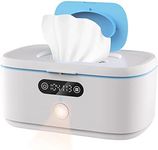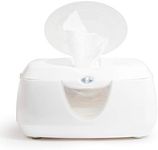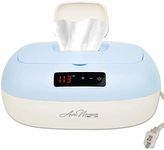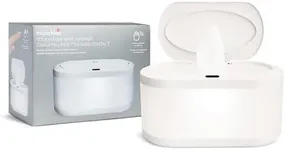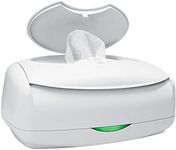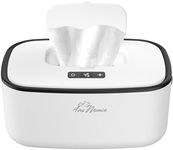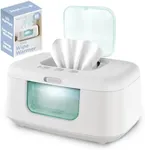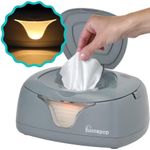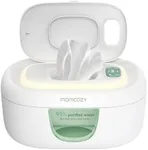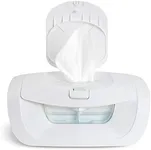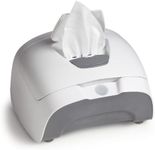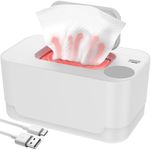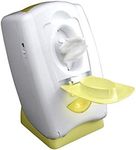Buying Guide for the Best Baby Wipes Warmers
Choosing a baby wipes warmer can make diaper changes more comfortable for your baby, especially during colder months or nighttime changes. The main goal is to keep wipes at a gentle, warm temperature without drying them out or causing safety concerns. When picking a wipes warmer, it's important to consider how it fits into your daily routine, how easy it is to use and maintain, and whether it meets your specific needs for convenience and safety.Heating MethodThe heating method refers to how the warmer heats the wipes—either from the top, bottom, or all around. This is important because it affects how evenly the wipes are warmed and whether the wipes at the bottom dry out. Top-heating models warm the wipes you’ll use next, while bottom-heating models warm the entire stack but may dry out the bottom wipes over time. All-around heating aims to keep all wipes at a consistent temperature. If you use wipes frequently, an all-around or top-heating model may be best, while occasional users might prefer a bottom-heating model for simplicity.
CapacityCapacity means how many wipes the warmer can hold at once. This matters because a larger capacity means fewer refills, which is convenient for busy parents. Small capacity warmers are compact and portable, suitable for travel or occasional use. Medium capacity is good for daily home use, while large capacity is ideal for families who go through many wipes each day. Choose a size that matches how often you change diapers and how much space you have.
Moisture RetentionMoisture retention is about how well the warmer keeps wipes from drying out. Some warmers have built-in moisture reservoirs or seals to help maintain humidity. This is important because dried-out wipes can be uncomfortable for your baby and less effective at cleaning. If you live in a dry climate or plan to keep wipes in the warmer for several days, look for a model with good moisture retention features.
Safety FeaturesSafety features include things like automatic shut-off, low-voltage operation, and heat-resistant materials. These are important to prevent overheating, electrical hazards, or burns. If you plan to leave the warmer plugged in overnight or use it in a nursery, prioritize models with strong safety features for peace of mind.
Ease of CleaningEase of cleaning refers to how simple it is to keep the warmer hygienic. Some models have removable parts or smooth interiors that are easy to wipe down, while others may require more effort to clean. This is important because leftover moisture can lead to mold or bacteria. If you want to minimize maintenance, look for a design that makes cleaning quick and straightforward.
PortabilityPortability is about how easy it is to move the warmer from room to room or take it on trips. Some warmers are lightweight and have handles or compact designs, making them suitable for travel or use in different parts of the house. If you need flexibility, consider a portable model; if the warmer will stay in one place, portability may be less important.
